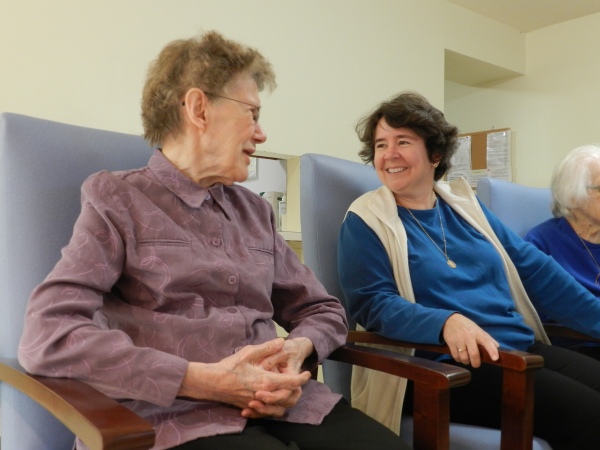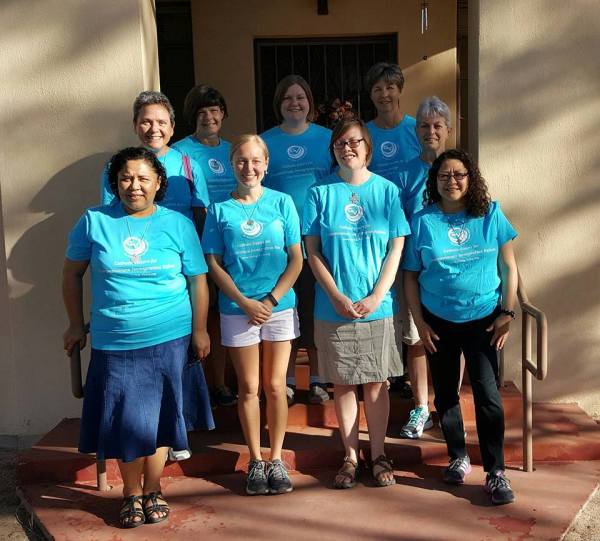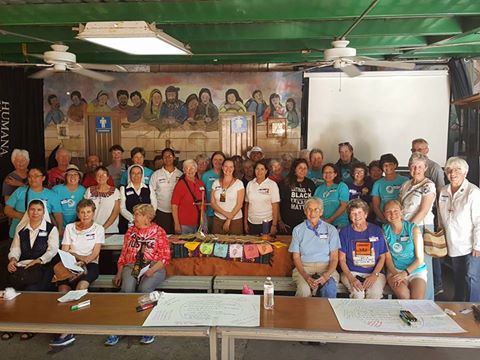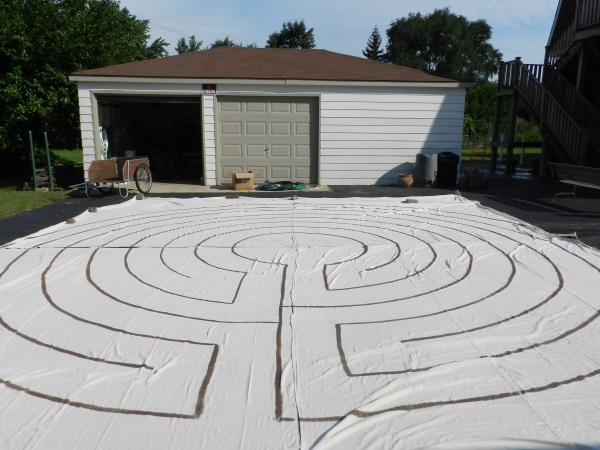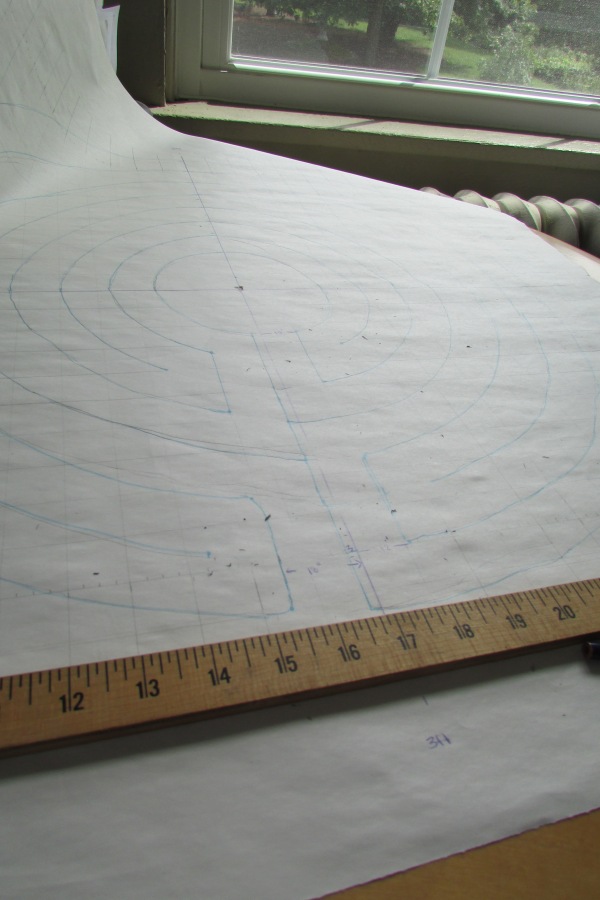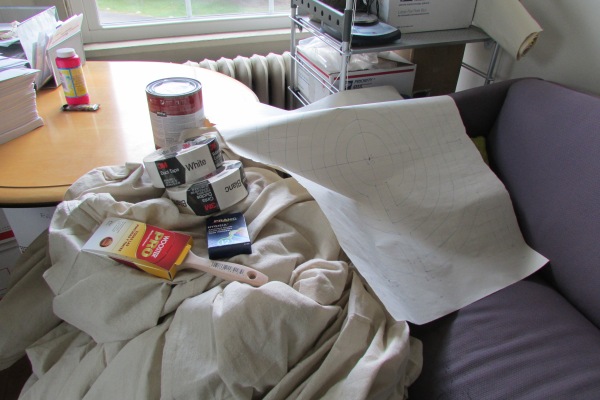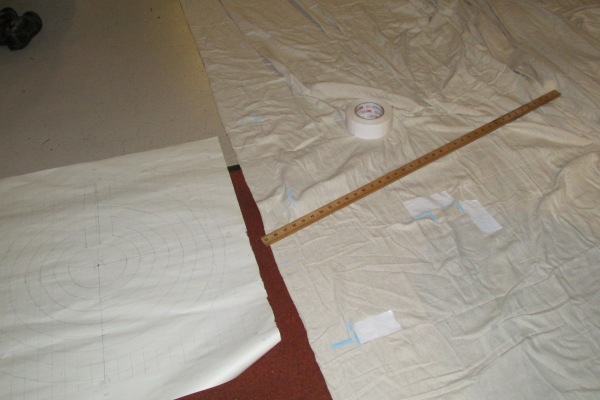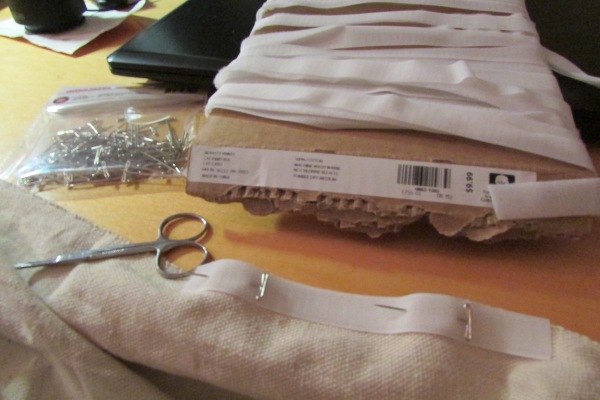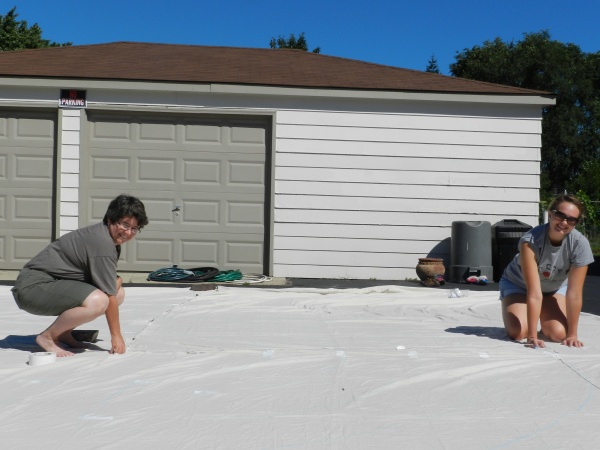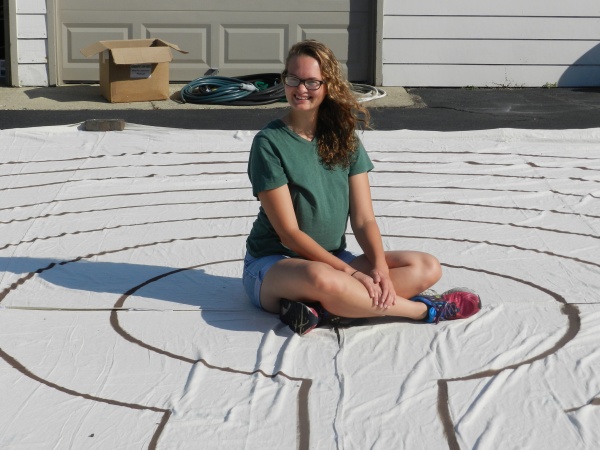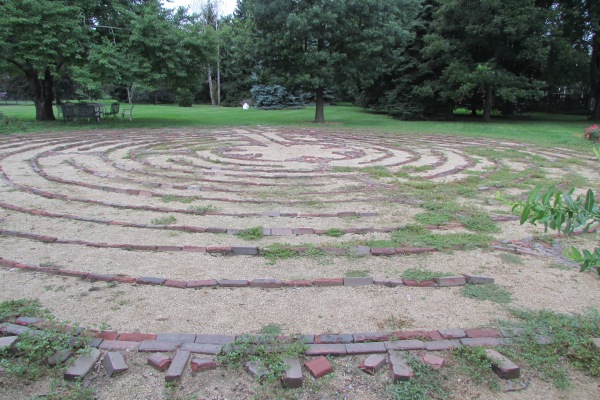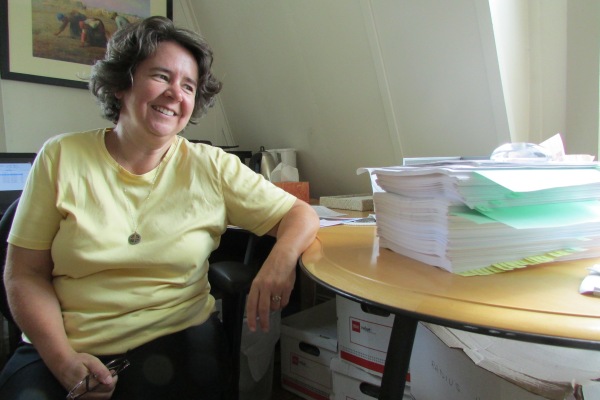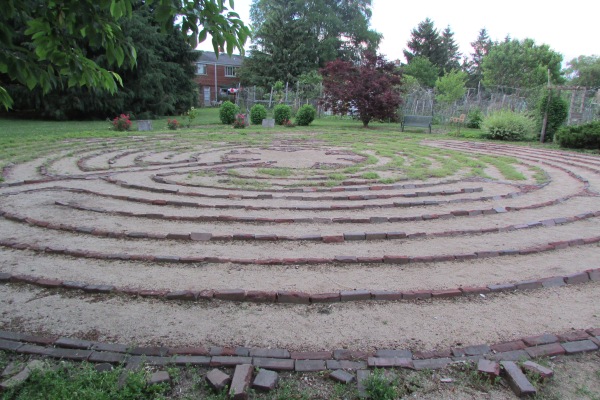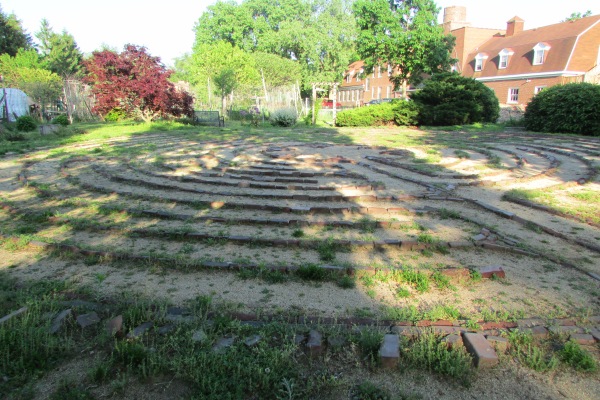Although it has been awhile since my last blog post, I am still thinking about listening. I would like to think of myself as a good listener, but lately I’ve realized that description is somewhat limited. I enjoy one-on-one interactions and can usually manage to be present, as long as things are going smoothly. In large groups, however, or in conversations where I disagree, I am far more uncomfortable and tend to disengage, or walk away, if only mentally. I recently was taking part in a group discussion about listening and one Sister spoke of “listening to each other and letting the Holy Spirit in.” I realized that this is exactly the kind of listening I need to work on, in order to remain open to God in my life.
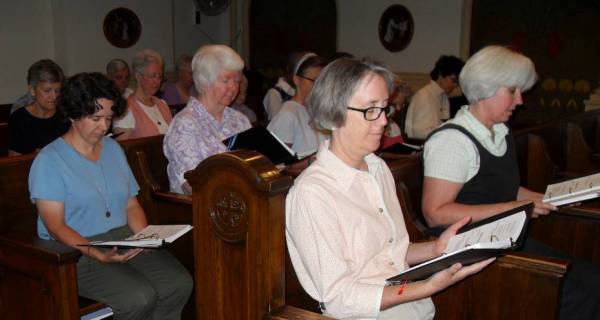
One of the primary ways I learn to listen for the spirit through other people is in Liturgy of the Hours. I realized this again in a conversation with someone who noted how different our prayers are from other monasteries she had visited. “They speak so softly,” she noted. Many monasteries adopt this practice because it allows them to hear the voices of the Sisters around them, disposing them to attentive listening. Our community also practices this type of listening, but we do so while speaking in our usual voices. I have always felt that this allows us to practice listening to others in a world that is rarely quiet. It also teaches us to speak our own truths: to speak up when necessary and to disagree respectfully, while still hearing the other point of view.
In the past few weeks, I have had several conversations that have not been easy; both in groups and with individuals. In some of these, I have remembered what I practice daily in liturgy and while the conversation was still uncomfortable, I was willing to stay with it. While I’m not sure in every instance what the Holy Spirit is trying to tell me, I am working at remaining more open to her presence in other people.

